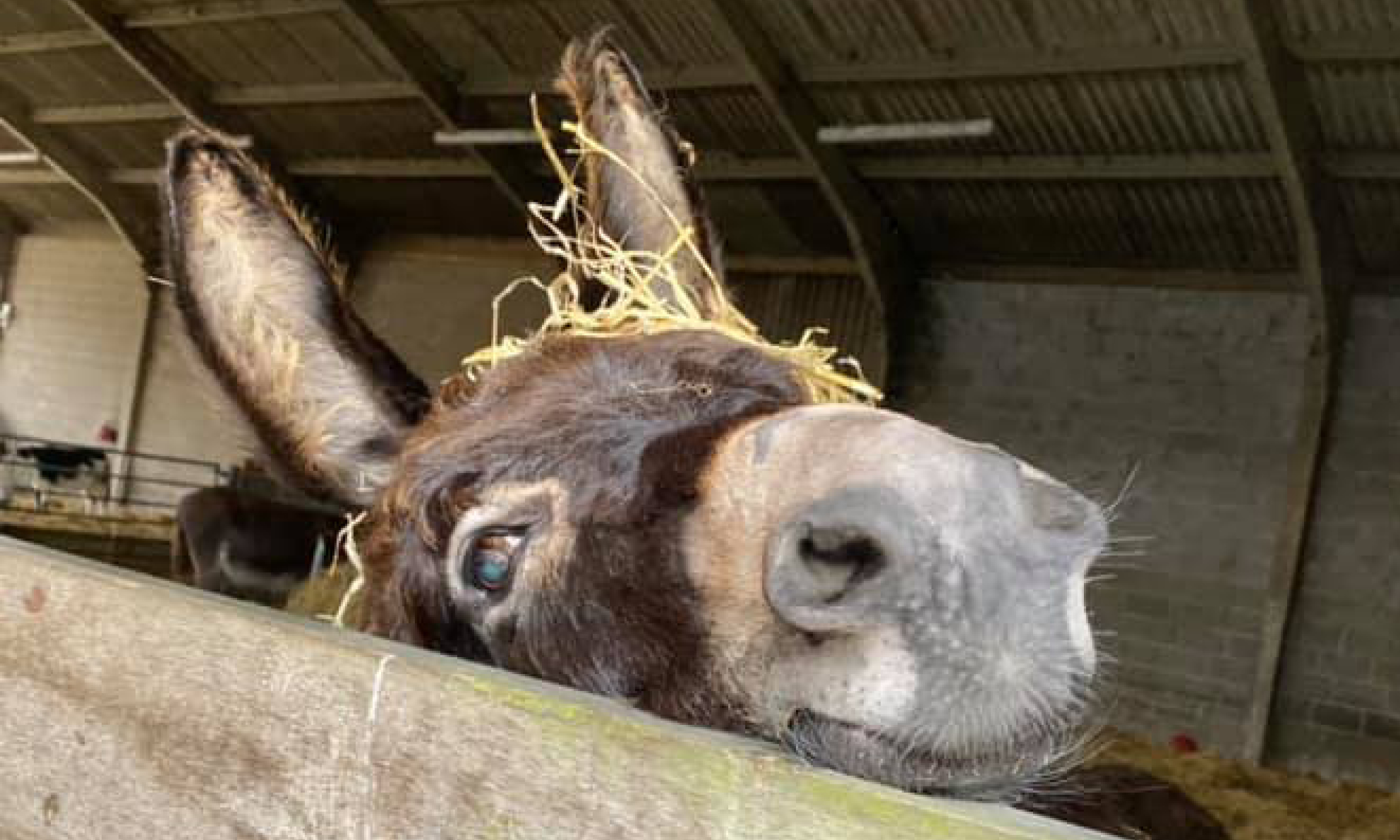We have been busy this month moving the donkey herds back into their summer paddocks.
Every day over the next few weeks the donkeys are hand walked from their winter barns to their fields, to slowly build-up their grazing time.
This gradual approach helps to prevent problems such as Laminitis, a very serious condition which can be triggered by eating too much grass.
Bransby Horses spokesperson Maria Thompson said: “Due to the grass being quite lush we have implemented a gradual turn out program.
“This started out as one hour and has been gradually built up to four hours, keeping them out at the grazing until just before lunch time.
“After this they stay on a woodchipped area with straw and enrichment toys. This will continue to increase until they are out on the grazing all day. So far, we have found this approach works well for managing their weight and grass intake.”
During the winter we keep all the donkey herds in barns as these animals do not cope well with the wet weather.
Maria added: “It’s always a welcome day when we get to turn them out again as it marks the start of summer and of course the moment our visitors get to see them all again.”
There are three herds all in separate fields, consisting of females, older males and younger male groups.
The fields can be found along the charity’s Gemma’s Jaunt walkway which is easily accessible by foot from the main Visitor’s Centre.
When they are not grazing the donkeys have logs on their woodchip pads, which they love to chew on, wooden enrichment toys on the fencing stuffed with straw and hay balls with straw for them to roll around and pick at – which all helps prevent boredom.
What is Laminitis?
• Laminitis is an extremely painful condition which can cause permanent damage to the hooves;
• The condition can affect any horse, pony, donkey or mule at any time of the year;
• Laminitis affects structures called sensitive laminae which are located inside the horse’s hoof. They act like Velcro to form a strong bond to hold the pedal bone in place within the hoof. Laminitis causes the sensitive laminae to stretch, weaken and become damaged which can cause the pedal bone to move within the hoof (for example, think of a zip being un-done). In extreme cases the pedal bone can penetrate through the sole of the hoof, which is excruciatingly painful and can be fatal.

